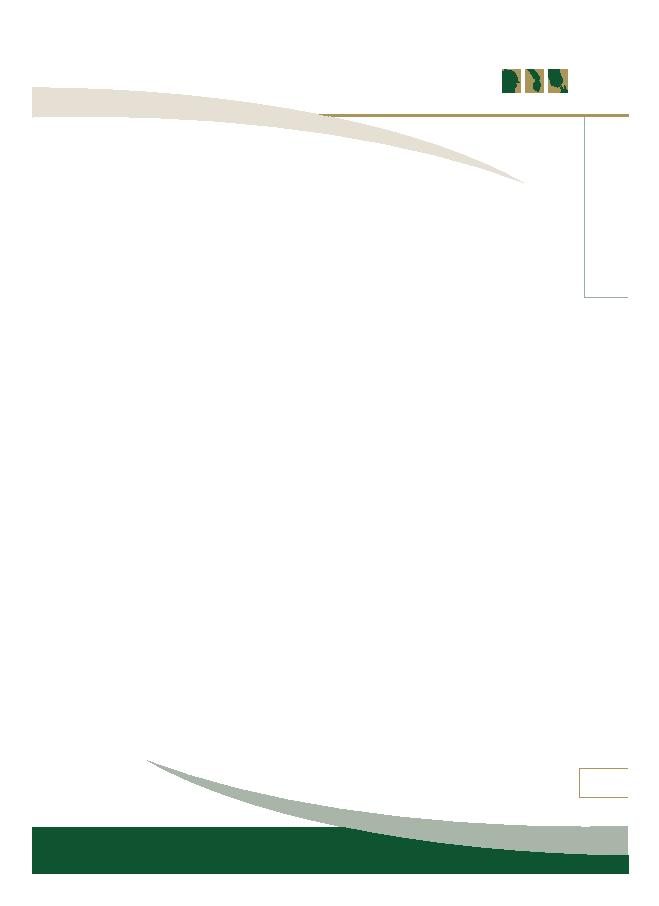
balance sheet date. Gains and losses on remeasurement are recognised in the Income statement for the period. Where market
value cannot be reliably determined, such investments are stated at historic cost less impairment.
Investments in listed company shares are remeasured to market value at each Statement of financial position date. Gains and losses
on remeasurement are recognised in profit or loss for the period.
is based on the cost of purchase on a first in, first outbasis. Work in progress and finished goods include labour and attributable
overheads.
less costs to complete and sell. The impairment loss is recognised immediately in profit or loss.
of transaction costs, and are measured subsequently at amortised cost using the e ective interest method, less any impairment.
24 hours. Cash equivalents are highly liquid investments that mature in no more than three months from the date of acquisition and
that are readily convertible to known amounts of cash with insignificant risk of change in value.
In the Statement of cash flows, cash and cash equivalents are shown net of bank overdrafts.
like trade and other accounts receivable and payable, loans from banks and other third parties, loans to related parties and
investments in non-puttable ordinary shares.
payable, are initially measured at present value of the future cash flows and subsequently at amortised cost using the e ective interest
method. Debt instruments that are payable or receivable within one year, typically trade payables or receivables, are measured, initially
and subsequently, at the undiscounted amount of the cash or other consideration, expected to be paid or received. However, if the
arrangements of a short-term instrument constitute a financing transaction, like the payment of a trade debt deferred beyond normal
business terms or financed at a rate of interest that is not a market rate or in case of an out-right short-term loan not at market rate, the
financial asset or liability is measured, initially, at the present value of the future cash flow discounted at a market rate of interest for a
similar debt instrument and subsequently at amortised cost.
i) at fair value with changes recognised in the Income statement if the shares are publicly traded or
their fair value can otherwise be measured reliably;
ii) at cost less impairment for all other investments.
evidence of impairment. If objective evidence of impairment is found, an impairment loss is recognised in the Income statement.
amount and the present value of estimated cash flows discounted at the asset's original e ective interest rate. If a financial asset
has a variable interest rate, the discount rate for measuring any impairment loss is the current e ective interest rate determined
under the contract.
carrying amount and best estimate, which is an approximation of the amount that the Company would receive for the asset if it were
to be sold at the reporting date.